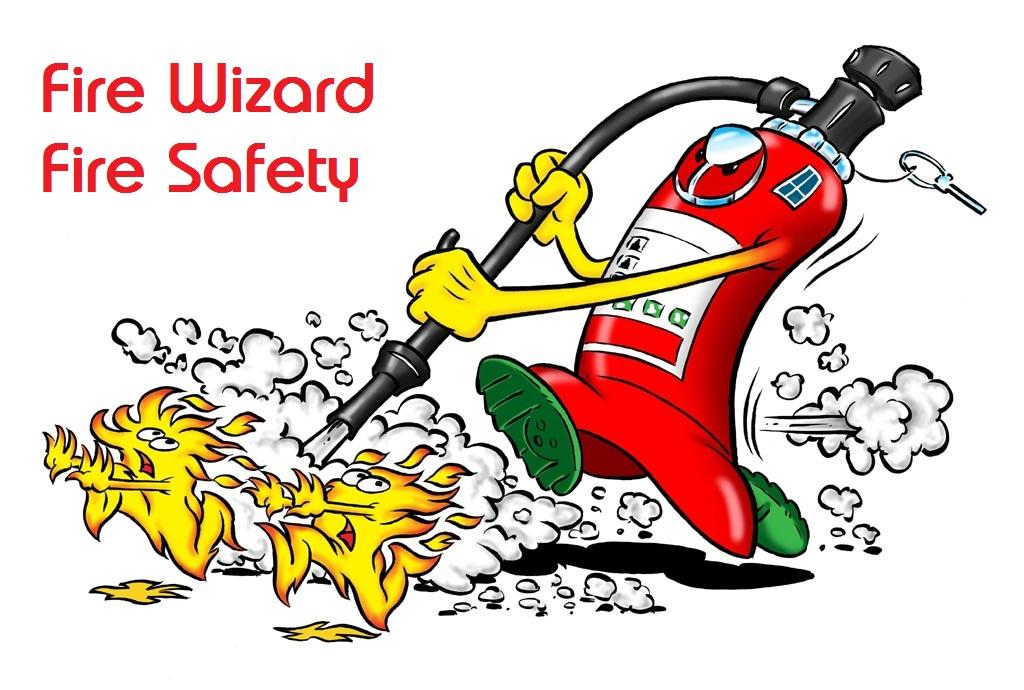-
Posts
2,697 -
Joined
-
Last visited
Everything posted by AnthonyB
-
No, not if it traps people and stops them exiting a building - it needs to have an escape fastening not requiring a key from the inside - the Safelincs website has a variety of options for sale.
-
It should be a heat detector NOT a smoke (unless the solar gear is in a separate room or large cupboard in the garage where you could fit a smoke without cars setting it off) . Your garage ,if directly connected to the house, should have a fire door and fire resistant walls anyway so the difference in response time between a heat and a smoke shouldn't be critical
-
If it's purpose built flats then it wouldn't need the alarm in the first place and if it did need a full evacuate strategy for some reason and thus an alarm system these would be wholly inadequate. As you would know BS5939-6 makes it clear that for Grade D systems there is no service requirement other than in sheltered housing or other systems where the detectors are linked to a telecare system, only monthly testing, so it doesn't need certifying for anything (in fact it should come out). It's worrying that the Fire Risk Assessment hasn't highlighted this.
-
Fire safety: Approved Document B - GOV.UK (www.gov.uk)
-
Ladders are not usually accepted as escape routes - what type of premises are we talking about, what area would be served by the ladder and how many would be expected to use it?
-

Fire Resistance for different purpose groups
AnthonyB replied to Paul B's topic in Fire Risk Assessments
It reads that way it seems, yes -
It's quite clear in Table B1 to the 2020 edition of the Technical Guidance Document B to the Building Regulations 2006, the doors is required to be to Classification E30 Sa as defined in I.S. EN 1634-3: 2004 as restricted smoke leakage at ambient temperatures is needed. (In the UK this would be known as a FD30S door)
-
Is this a post 1991 build or approved conversion?
-

Recessed electrical boxes - Communal area
AnthonyB replied to DFire's topic in Fire Risk Assessments
Plastic fuseboards or metal? -
Where is the cupboard in relation to your flat hallway and are the electric fuseboards plastic or metal?
-
What is the system category? Heat would be the best option based on what you've said
-
The government provides fire safety guidance which has a special legal status. If a prosecution or other legal action is taken and you have proof of compliance with the applicable risk based guidance it may be relied on as tending to establish that there was no such contravention (i.e. not guilty/no case to answer). However proof of a failure to comply with any applicable risk based guidance may be relied on as tending to establish that there was such a contravention (i.e. guilty/case worthy of progression). Thus you need a very robust expert technical defence as to why the guidance was not followed if you want to avoid a successful defence (not just we can't be bothered or think it's OTT) The applicable Government risk based fire safety guidance for residential premises like yours says the following regards fire alarm systems: "Where provided, fire alarm systems should be subject to routine testing and servicing. There are two parts to this, regular testing and periodic servicing. A simple functional test should be undertaken, once a week, by operating a manual call point. This can readily be carried out by non-specialists eg housing officers and in-house maintenance teams. The aim of this test is simply to check that the system is functional. It is not intended that this test be used to confirm audibility of the alarm, for example. However, where operation of this system is associated with, say, release of devices holding open fire doors, or releasing electrically locked fire exits (where permitted), the weekly test should be used to check the function of these ancillary actions. Periodic servicing should be undertaken at least once every six months. Further guidance on testing and servicing of fire alarm systems can be found in BS 5839-1." and the following regarding records: "It is good practice to keep records that show that people have received fire training and that inspection, testing and maintenance has been carried out on fire safety systems and equipment. Such records enable a responsible person to demonstrate due diligence in the event that fire safety is found wanting, either as a result of routine audit or following scrutiny after a fire. Various methods can be used to keep records, from the commonly-used log book to electronic devices used to capture data"
-

Fire Resistance for different purpose groups
AnthonyB replied to Paul B's topic in Fire Risk Assessments
Parts of a building occupied mainly for different purposes should be separated from one another by compartment walls and/or compartment floors. Compartmentation is not needed if one of the different purposes is ancillary to the other: Building uses are classified within different purpose groups, which represent different levels of hazard. A purpose group can apply to a whole building or to a compartment within the building, and should relate to the main use of the building or compartment. Where a building or compartment has more than one use, it is appropriate to assign each different use to its own purpose group in the following situations. a. If the ancillary use is a flat. b. If both of the following apply. i. The building or compartment has an area of more than 280m2 . ii. The ancillary use relates to an area that is more than one-fifth of the total floor area of the building or compartment. c. In ‘shop and commercial’ (purpose group 4) buildings or compartments, if the ancillary use is storage and both of the following apply. i. The building or compartment has an area of more than 280m2 . ii. The storage area comprises more than one-third of the total floor area of the building or compartment. Where there are multiple main uses that are not ancillary to one another (for example, shops with independent offices above), each use should be assigned to a purpose group in its own right. Where there is doubt as to which purpose group is appropriate, the more onerous guidance should be applied. Fire resistance for compartment walls and floors usually starts at 60 minutes and rises based on building height and use, but can in some circumstances be lowered to 30 minutes, usually where sprinklers are provided. -
As all the other balconies and external wall are from your description not combustible there is no risk of spread of fire along the exterior of the building, however if by 12m you mean the height if the floor to the top storey is over 11m (not to highest point of roof) then it wouldn't meet current Building Regulations and shouldn't have been approved.
-
You are required by law to carry out a fire risk assessment which will determine your fire warning system requirements. Due to the size of the premises it would require an electrical fire alarm system to BS5839-1 comprising manual call points at each exit from the premises and each landing, alarm sounders and a control panel. The risk assessment would determine if smoke & heat detectors were required as part of the system - usually this would be to escape routes. https://www.safelincs.co.uk/fire-alarm-panels-and-fire-alarm-systems/ Domestic smoke alarms would not suit.
-
From Building Regulations Direction of opening 5.11 The door of any doorway or exit should be hung to open in the direction of escape whenever reasonably practicable. It should always be hung to open in the direction of escape if either of the following conditions applies. a. More than 60 people might be expected to use it during a fire. b. There is a very high risk of fire with potential for rapid fire growth, such as with some industrial activities.
-
No. You are changing from Purpose Group 1 to Purpose Group 2 and come under Volume 2 of ADB where paragraphs 2.33 - 2.46 take precedence.
-
Yes. It's too big a building to come under the relaxed small premises guides. As legally the premises require a fire risk assessment you should get one carried out to determine your specific requirements.
-
If it's to access a second stair and the requisite fire protection is in place it can be.
-
It depends what type of fire alarm system is in the common areas - if it's a Grade A system (i.e. looks like the ones you see in offices, shops, etc with a central control panel & manual call points, detectors, sounders) then it should be tested weekly. If it's a Grade D system where there are just domestic detectors like you have in your flat then the testing requirement is only monthly. In either case the tests are 'user' tests that can readily be done by anyone with simple instruction - particularly Grade D where you just push the test buttons (just like you should do with your own!)
-
Very possibly, I don't think my insurers would let me call that low risk by itself!
-
I'd treat it like any shaft in a building and depending on the layout of the building and design of the shaft be looking at suggesting stopping up as required.
-
If this went through a Building Control body and was accepted as is then it's deemed compliant for fire service facilities - these are provided by the Building Regulations process and not fire safety legislation so no additional measures can be enforced purely for fire service use.
-

How do I know if my CO alarm went off because of Carbon Monoxide?
AnthonyB replied to a topic in Carbon Monoxide Alarms
If ever in doubt when your CO alarm goes off ring the National Gas Emergency Service (Cadent) for advice on 0800 111 999

